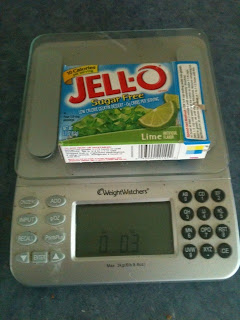We met with Ginger G. the other day. She has worms, and she puts them to good use. Ginger had been looking for a way to do composting on a smaller scale. She wasn't interested in a composting bin. She and her husband, Sam, don't make enough waste for that. She talked to several people who had composting bins and asked them how they liked them. The typical response was, "Great! Would you like mine?" Her granddaughter's school project provided the solution. It's called a worm tube. This one is special, it was even made by her granddaughter.
Her daughter has one that she has placed in her herb garden. The worms break down the kitchen waste and leave behind a beautiful addition to the soil, making fertilizers unnecessary. If you would like to make your own worm bin, follow this link. Click here This blog spells out everything so clearly in step by step, easy to follow directions. It's not rocket science. You cut a 3" plastic pipe to about three feet long. Cut several holes in the bottom part of the tube to allow worms to get in and out. Bury the pipe in the ground and fill it with kitchen waste.
Ginger wanted to get started in composting, but wanted to take baby steps. We like her approach. Initially a task can seem overwhelming. But, if it is broken down into simple small steps, we can make progress. Ginger collects her scraps in the plastic bucket (in the photo above). When the bucket is full, she goes out and fills her tube.
After the interview Sam and Ginger asked us if we'd like some greens to take home. "Yes" Pastor Mark said, "I do." Their garden is a beautiful project filling about half of their back yard. And now, slowly but surely, their worm tube is going to help improve this soil, making it even more productive in the years to come.









